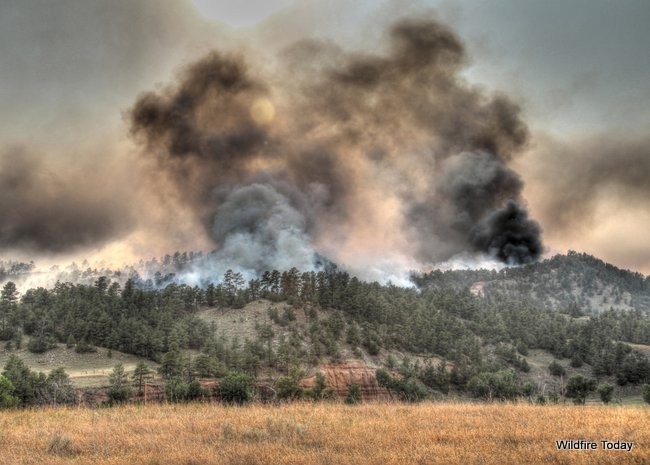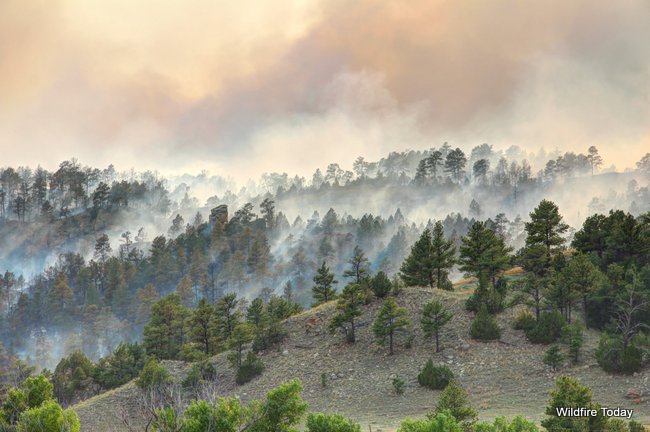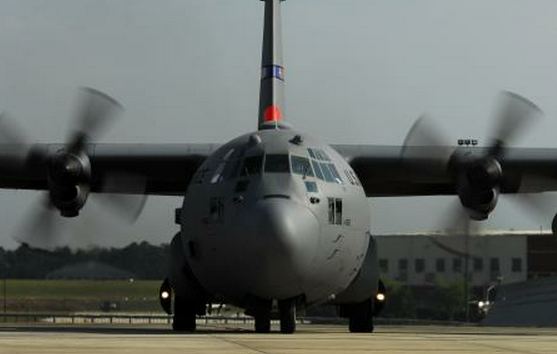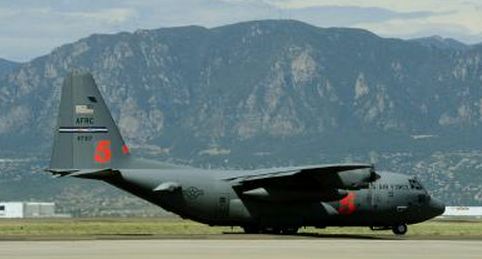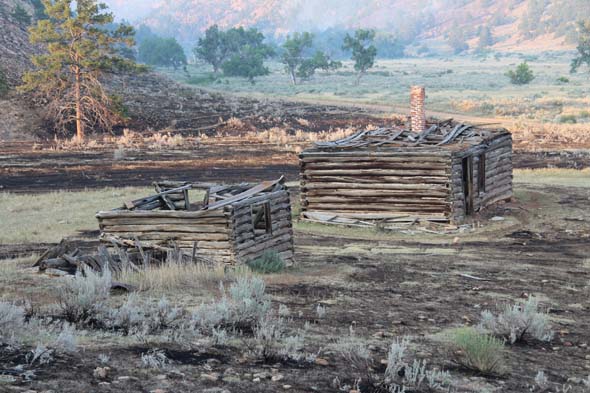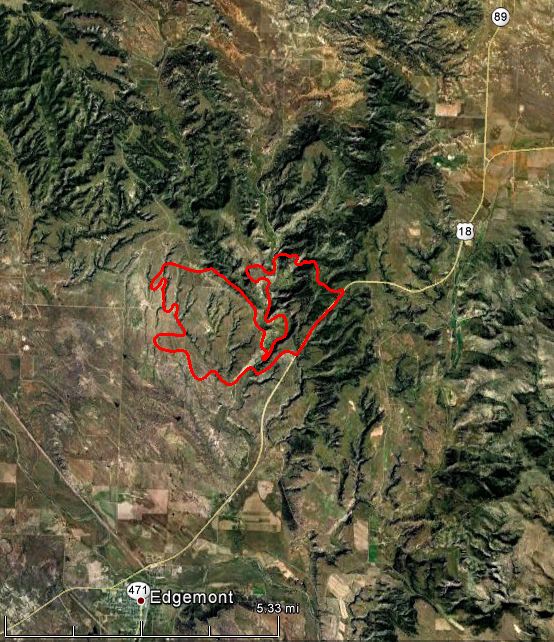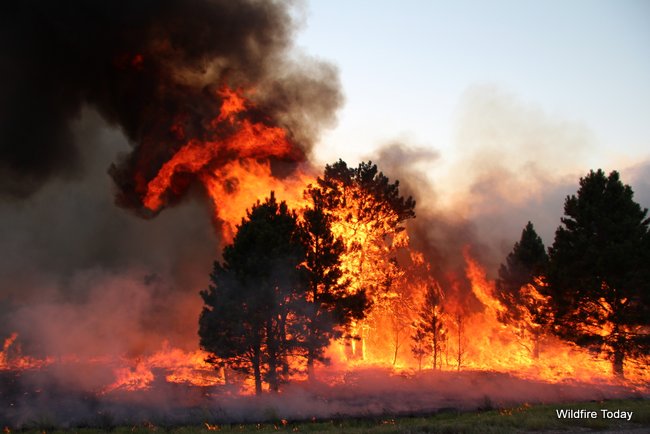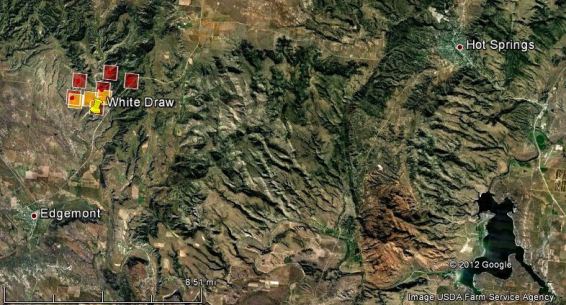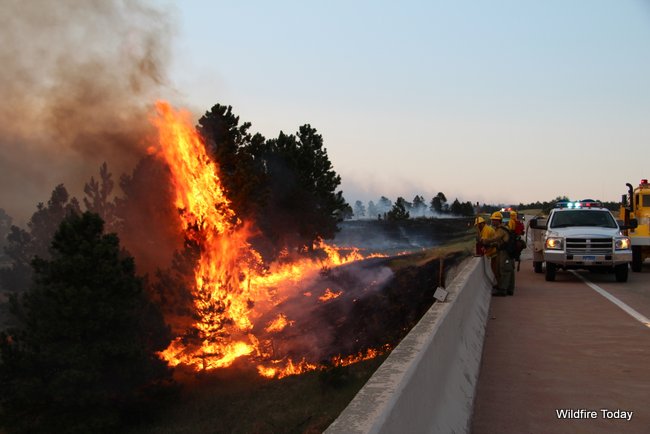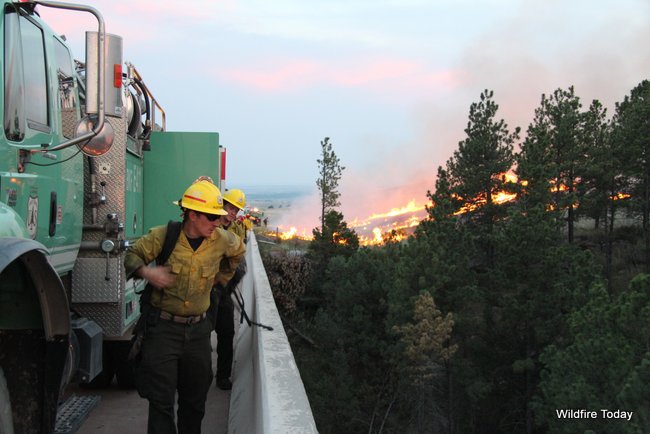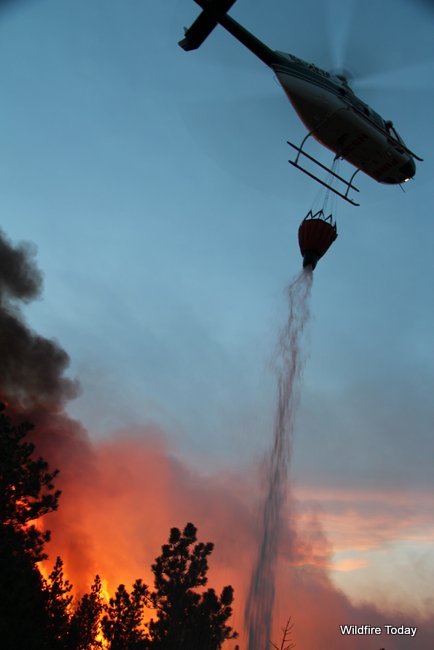
(This article was modified to show that one of the MAFFS units was released to return home, leaving six that are still operating.)
Following the fatal crash of one of the military MAFFS air tankers in South Dakota on Sunday, six of the seven remaining MAFFS C-130s are back in operation today after being shut down on Monday to review flying and safety procedures. The aircraft that crashed was from the North Carolina Air National Guard and the other ship from that unit was released to return home. The Department of Defense has still not released much information about the crash except to say that it occurred, and that there were casualties.
The next of kin has been notified and the North Carolina Air National Guard will hold a news conference today at 2:30 p.m. ET during which more details will be announced.
The U.S. Forest Service said there were two survivors and four fatalities, but that has not been confirmed by the Department of Defense. One media outlet in South Dakota reported that the two survivors were transported to a hospital in Rapid City.
The C-130 air tanker, designated as MAFFS #7, crashed on Sunday while assigned to the White Draw Fire northeast of Edgemont, South Dakota.
The MAFFS, or Modular Airborne FireFighting System, aircraft have a 3,000-gallon retardant system that can be loaded into the cargo hold so that it can temporarily function as an air tanker to provide surge capacity if all of the privately contracted air tankers are committed.
The White House released this statement yesterday from President Obama:
==============================================================
July 2, 2012
Statement by the President on Last Night’s Crash of North Carolina Air National Guard C-130
Yesterday, a military C-130 from the North Carolina Air National Guard crashed while supporting firefighting efforts in South Dakota. The full details are still under investigation, but the crew of this flight – along with their families and loved ones – are in our thoughts and prayers. The men and women battling these terrible fires across the West put their lives on the line every day for their fellow Americans.
The airmen who attack these fires from above repeatedly confront dangerous conditions in an effort to give firefighters on the ground a chance to contain these wildfires – to save homes, businesses, schools, and entire communities. They are heroes who deserve the appreciation of a grateful nation. I know Americans across the country share my concern for the well-being of the surviving members of the crew and my deep condolences to the families of those who lost their lives. And I know that Americans join me in expressing my deepest gratitude for the selfless determination they and thousands of men and women involved in this fight in states across the country demonstrate every day.



